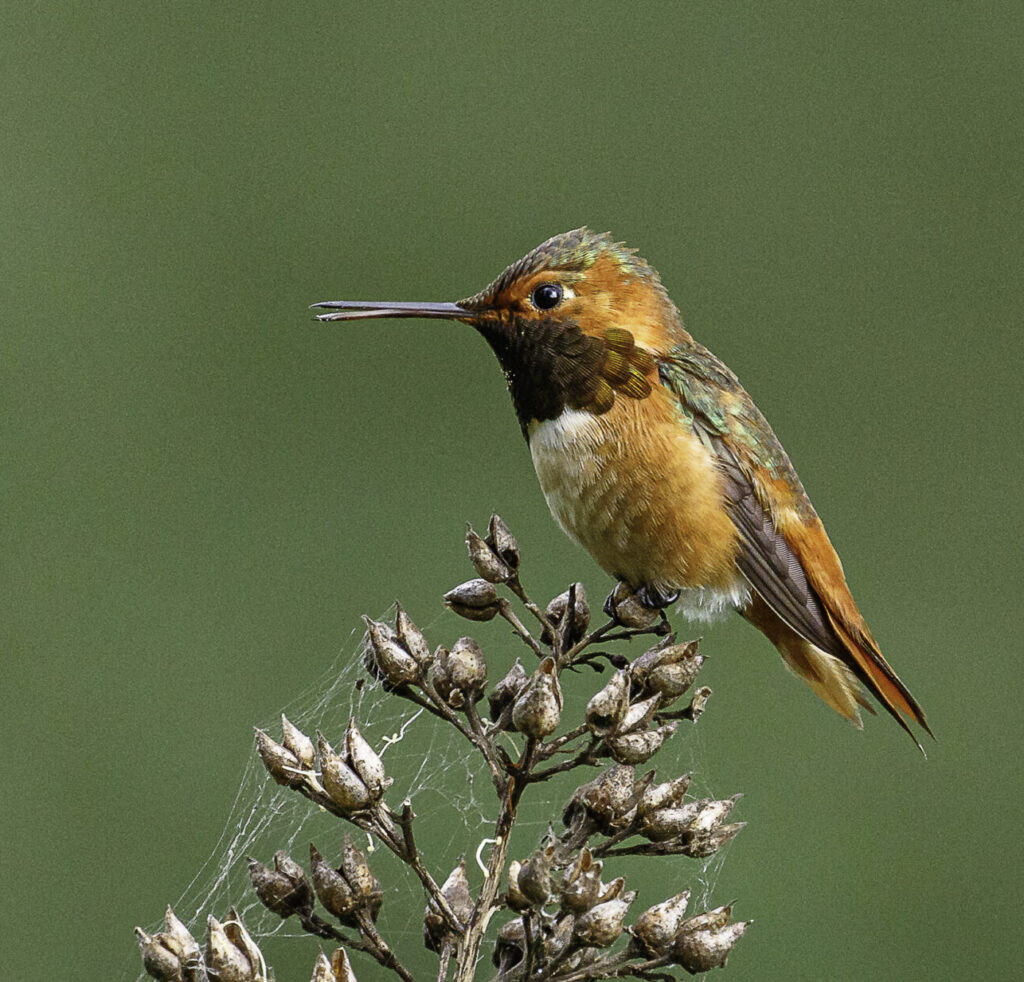Creating Bird-Friendly Gardens: Native Plants for Bay Area Birds
By Glenn Phillips
The San Francisco Bay Area is a hotspot for bird diversity, with its mix of coastal habitats, oak woodlands, and urban green spaces providing refuge for countless avian species. But with habitat loss and climate change threatening bird populations, our gardens and yards have become essential sanctuaries. One of the best ways to support local birds is by planting native vegetation. Not only do native plants provide food and shelter, but they also sustain the insects that many birds rely on. By creating bird-friendly landscapes, we can help reverse the decline of species like the Allen’s Hummingbird, California Quail, and Wilson’s Warbler.
The Importance of Native Plants for Birds
Native plants have evolved alongside local wildlife, making them the best choice for sustaining birds and pollinators. Unlike non-native species, which often provide little to no ecological benefit, native plants offer nutritious berries, nectar, seeds, and host native insects that birds depend on for survival. The Golden Gate Bird Alliance’s Plants for Birds Program promotes the use of native plants in gardens and green spaces, helping to ensure that birds have the resources they need year-round.
Top Native Plants for Birds in the Bay Area
If you’re looking to make your garden a haven for birds, consider incorporating these native species:
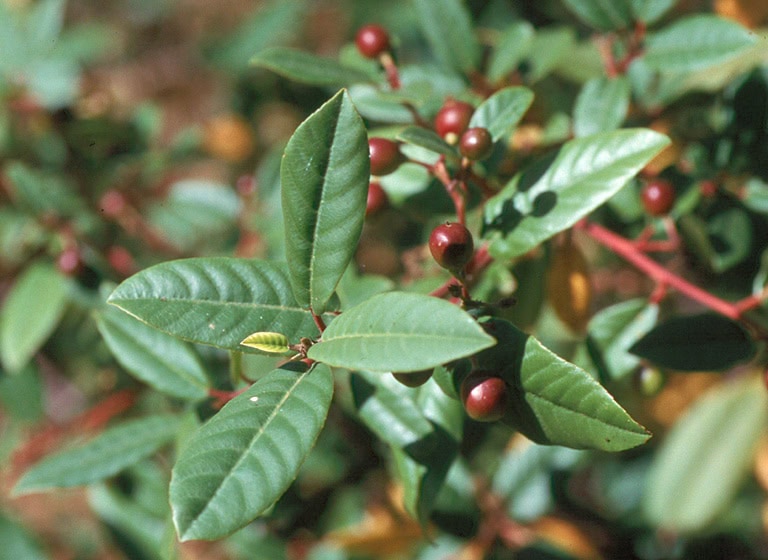
1. California Coffeeberry (Frangula californica)
A favorite of thrushes, towhees, and mockingbirds, this evergreen shrub produces small black berries that are a valuable food source in late summer and fall. It also attracts insects that provide food for chickadees and warblers.
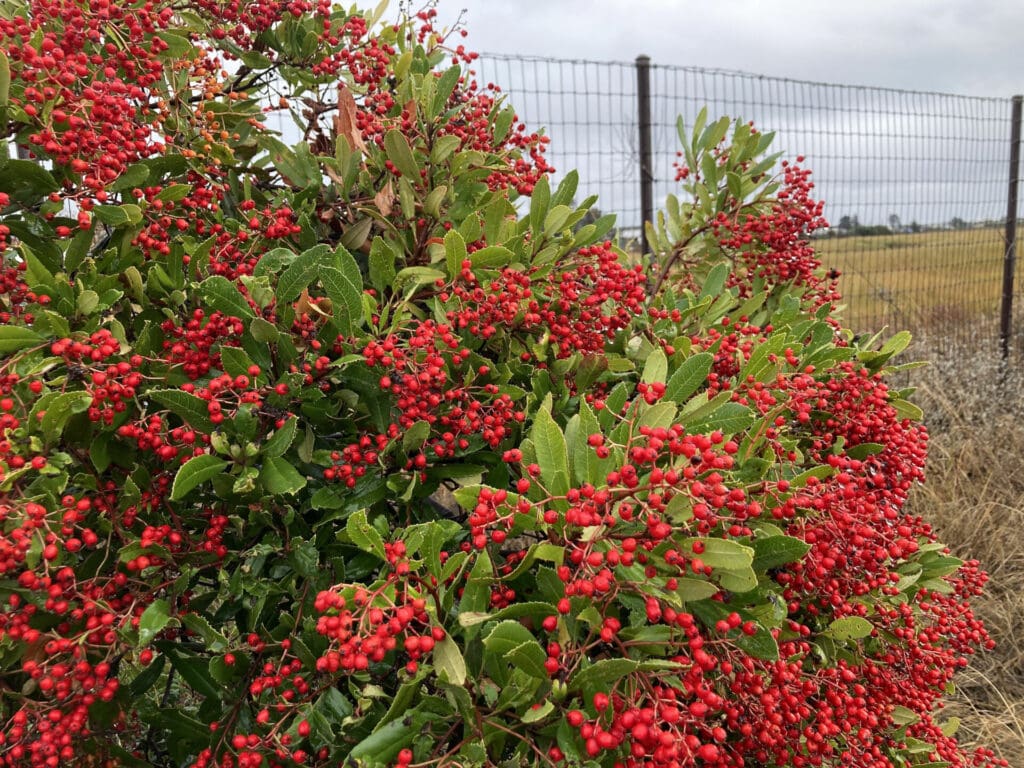
2. Toyon (Heteromeles arbutifolia)
Often called “California holly,” Toyon produces bright red berries that draw Cedar Waxwings, American Robins, and Northern Flickers in winter. It is a hardy shrub that thrives in various conditions, making it an excellent choice for urban and suburban gardens.
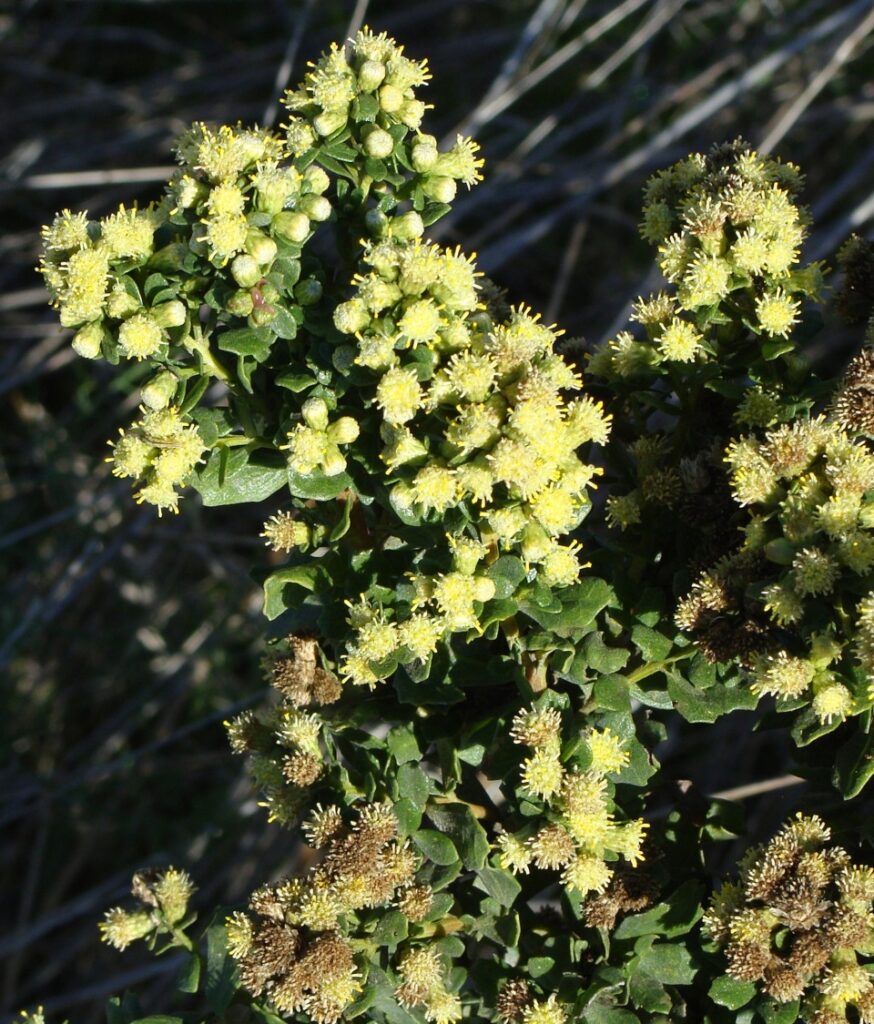
3. Coyote Brush (Baccharis pilularis)
While the wild type can be unruly in a garden, low-growing forms like “Twin Peaks” or “Mayacama Mound” for coastal or inland sites respectively, look great and grow manageably. Host for over 20 species of lepidopterans, Coyote Brush, provides both food and cover.
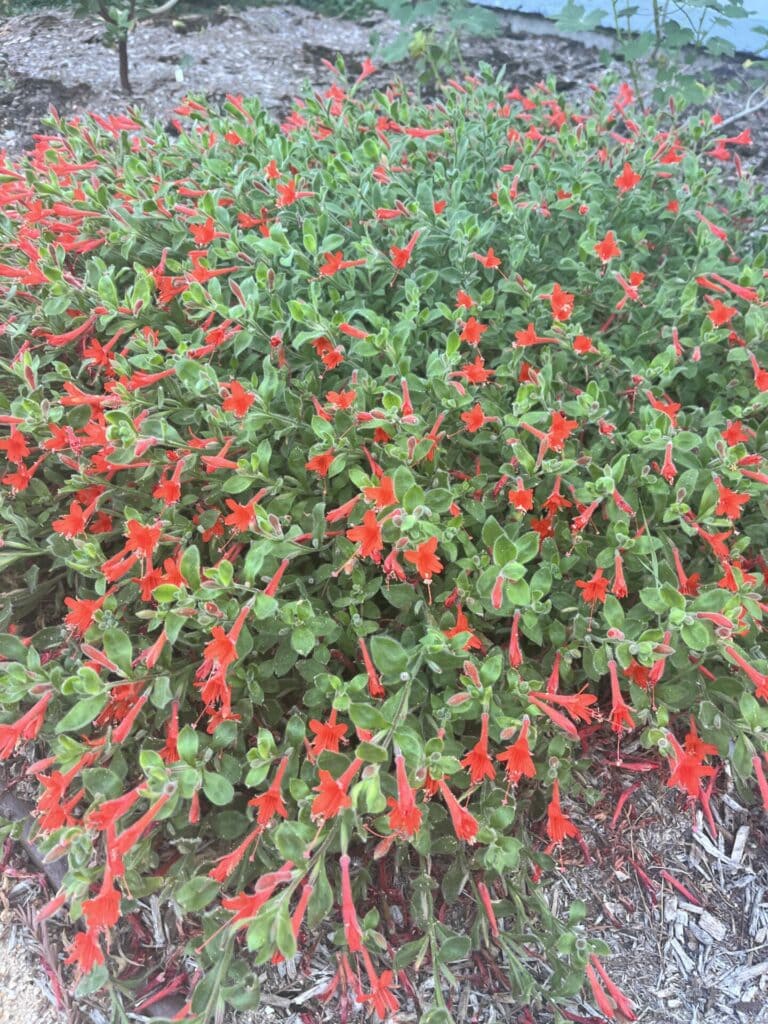
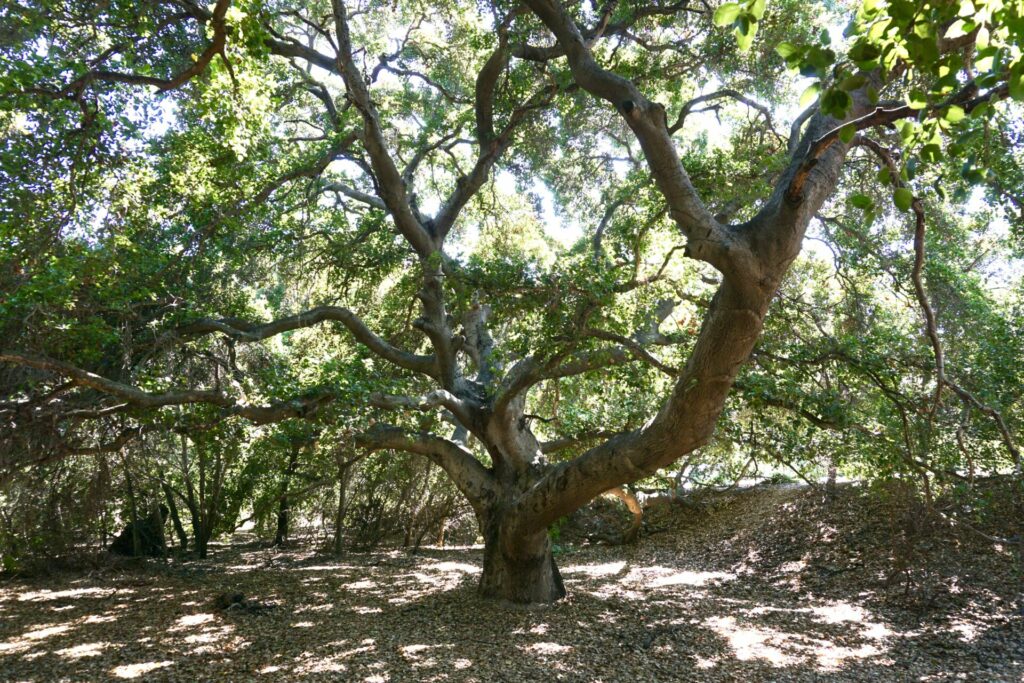
4. California Fuchsia (Epilobium canum)
With its vibrant red tubular flowers, California Fuchsia is a magnet for Anna’s Hummingbirds. It blooms in late summer when other nectar sources are scarce, ensuring a steady food supply during critical months. “Everett’s Choice” is a low-growing, green-leaved form first discovered in a garden in Berkeley.
5. Coast Live Oak (Quercus agrifolia)
Oaks are keystone species that support hundreds of insects and provide acorns for birds like Acorn Woodpeckers and California Scrub-Jays. With over 160 species of caterpillars alone, a single oak tree can sustain an entire ecosystem of birds, insects, and other wildlife.
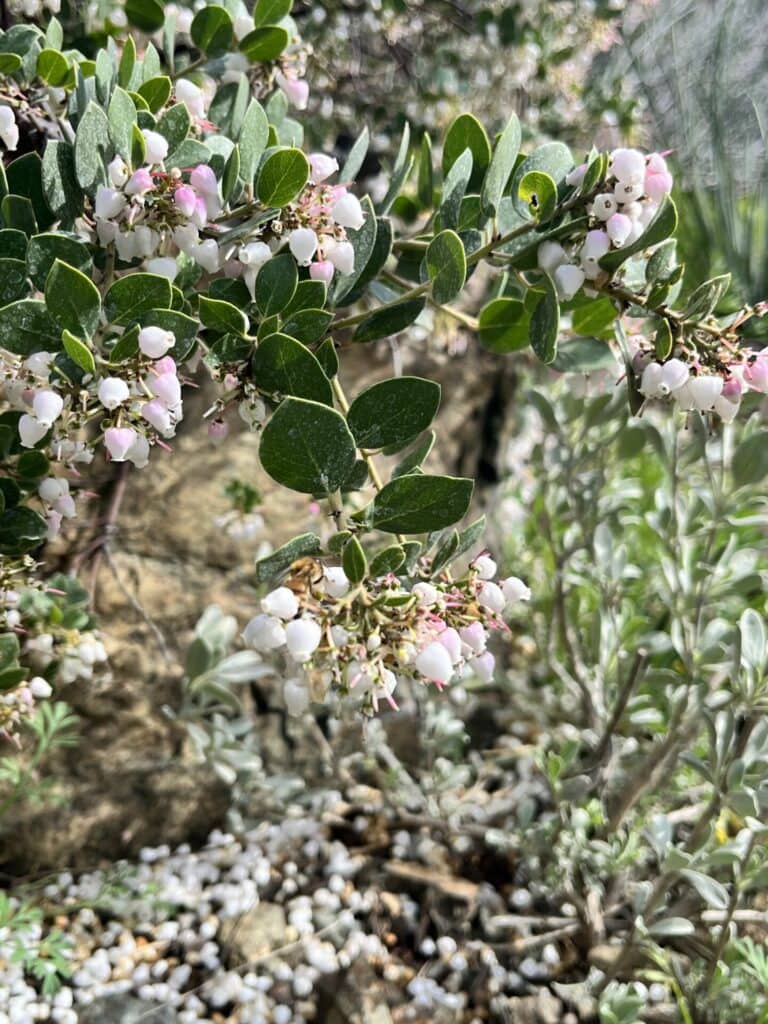
6. Manzanita (Arctostaphylos spp.)
Manzanitas provide nectar-rich flowers for hummingbirds (a critical nectar source during the winter) and berries for thrushes and other fruit-eating birds. Their dense foliage also offers shelter for nesting birds, and they host more than 50 species of caterpillars.
Where to Find Native Plants
For those ready to enhance their gardens with bird-friendly plants, several Bay Area nurseries specialize in native species:
- East Bay Wilds in Oakland offers a diverse selection of locally adapted native plants, perfect for creating a habitat-rich garden.
- Oaktown Native Plant Nursery, in Berkeley, provides an excellent range of native flowers, shrubs, and trees, focusing on ecological gardening.
- The Watershed Nursery in Richmond specializes in California native plants that support birds, pollinators, and watershed health.
- California Flora Nursery in Fulton (near Santa Rosa) has an impressive list and is worth the drive.
- Linda Vista Native Plants in Saratoga has a good selection of great plants, but the nursery is not open to visitors.
Creating a Backyard Habitat
Beyond planting natives, there are additional steps you can take to make your garden even more bird-friendly:
- Provide Water: Birds need fresh water for drinking and bathing. A small birdbath or water feature can attract a variety of species.
- Reduce Pesticides: Pesticides kill the insects that birds rely on. Opt for organic gardening methods to keep your garden bird-safe.
- Add Shelter: Native shrubs and trees provide nesting sites and cover from predators.
- Leave Some Leaf Litter: Many birds forage in leaf litter for insects and seeds, so avoid excessive yard cleanup.
- Treat your windows: window collisions are a major killer of birds. The American Bird Conservancy has the best resources.
For those looking to take their habitat efforts to the next level, the Golden Gate Bird Alliance’s Backyard Habitat Program provides guidance for gardens that support birds and other wildlife.
Get Involved
Planting native species is one of the most impactful actions you can take to support Bay Area birds. Whether starting small with a few flowering perennials or transforming your entire yard into a native landscape, every plant makes a difference. By choosing locally adapted plants, supporting native plant nurseries, and participating in programs like those offered by the Golden Gate Bird Alliance, you can help create a more bird-friendly Bay Area.Ready to get started? Register today for Plants for a Bird-Friendly Garden to visit East Bay nurseries and learn more about planting for wildlife and creating vibrant, bird-friendly spaces in your own backyard.

